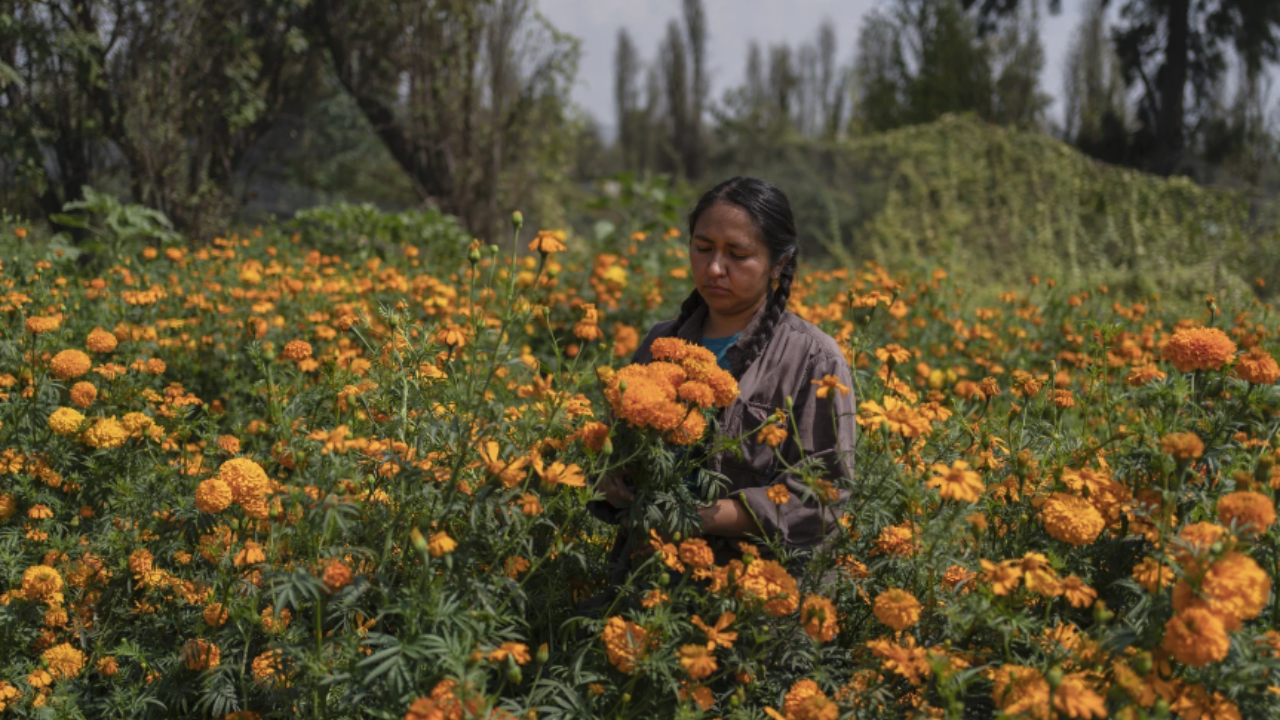
©(AP Photo/Felix Marquez)
Vocabulary:
- indigenous /in-DIJ-uh-nuhs/
- urbanization /ur-buh-nuh-ZEY-shuhn/
- revitalize /ree-VAHYT-l-ahyz/
- recreational /rek-ree-EY-shuh-nl/
- thrive /thrahyv/
[adjective] – used to refer to, or relating to, the people who originally lived in a place, rather than people who moved there from somewhere else
The indigenous people of the area have rich traditions that are still practiced today.
[noun] – the process of becoming more like a city
The effects of urbanization can be seen in increased traffic and housing shortages.
[verb] – to bring back to life or restore
Efforts to revitalize the downtown area have resulted in new businesses opening.
[adjective] – related to activities done for enjoyment
Many families enjoy recreational activities such as hiking and biking on weekends.
[verb] – to grow, develop, or be successful
Plants tend to thrive in environments where they receive adequate sunlight and water.
Article reading:
Despite these challenges, initiatives to revitalize chinampa farming are emerging. Garduño has joined a collective known as Chinampa Refuge, which aims to promote sustainable practices and educate younger generations about the importance of these ecosystems. Recent studies by Luis Zambrano, an ecologist, emphasize the self-sustaining nature of chinampas, which can yield multiple crops without chemicals or extensive irrigation. Additionally, preserving chinampas contributes positively to the urban environment by supporting diverse wildlife and regulating temperatures. However, the transformation of agricultural land into recreational spaces raises ecological concerns, as the increased use of chemicals in these developments can harm the ecosystem. Efforts by local authorities are underway to regulate these activities and safeguard the chinampa system, ensuring that this UNESCO World Heritage site continues to thrive amidst modern pressures.
Discussion Questions:
- Have you or your family ever grown your own vegetables or plants? If so, what did you grow, and how did it go? If not, would you consider trying it in the future? Why or why not?
- If you lived in a place where traditional farming was being replaced by modern developments, would you feel a sense of loss? Why or why not?
- Do you agree that preserving traditional farming methods like chinampas is important for cultural heritage?
- Why do you think some farmers are choosing jobs that make more money instead of continuing with chinampa farming?
- What are some potential long-term effects of losing agricultural systems like chinampas in large urban areas?
Summarization
Describe:
- agricultural
- ecosystem
- diverse wildlife
- cultural heritage
- sustainable practice